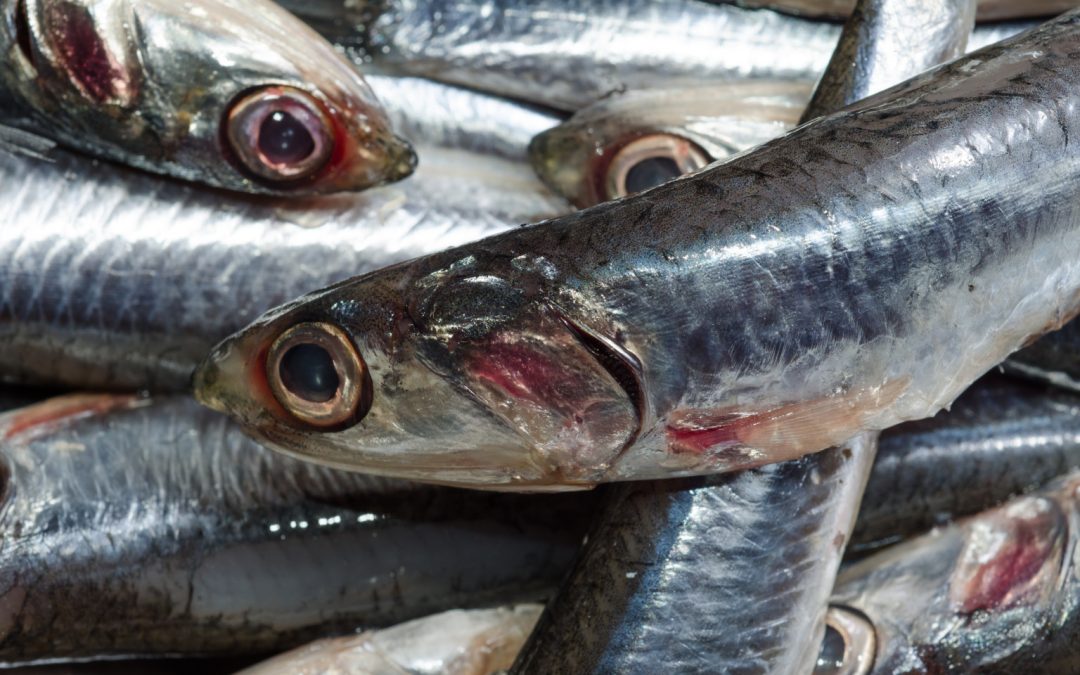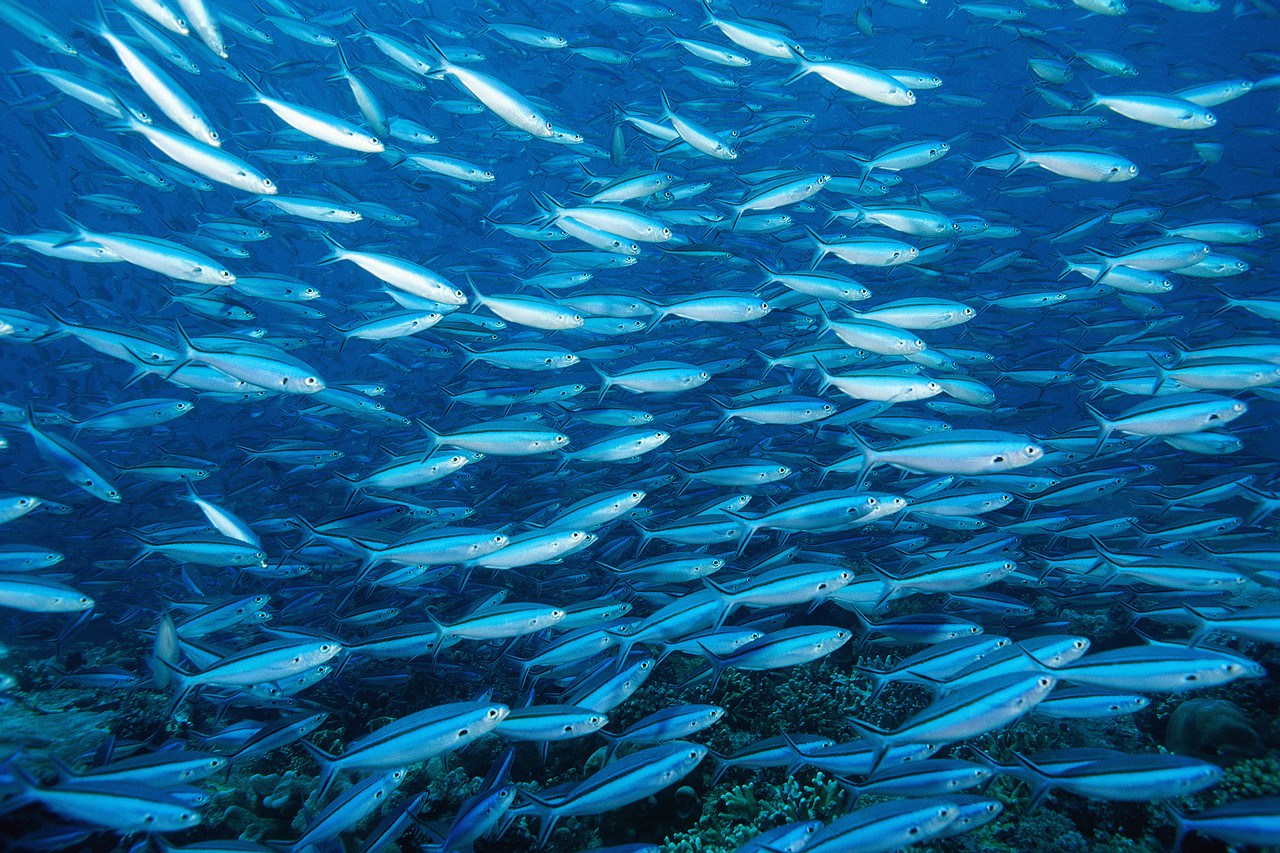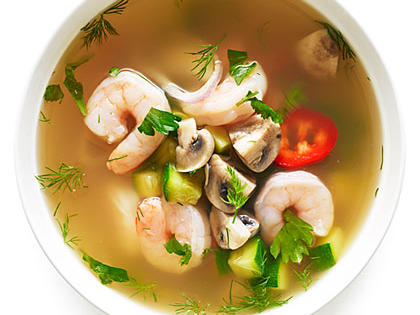Mercury is naturally found in fish, and the bigger the fish, the more time it has had to accumulate mercury. Mercury content is not altered by processing (e.g. canning, freezing, cooking).
See the sustainability list for regular-eating fish.
Fish with low levels of mercury – suitable to eat 2-3 times per week:
- Mackerel (recently added to the ‘do not eat’ list in Europe)
- Silver Warehou (‘do not eat’ list in Australia)
- Atlantic Salmon (‘eat less of’ list in Australia)
- Canned salmon in oil (safe because smaller salmon are used for canning)
- Canned tuna in oil (conservation depends on brand)
- Herrings
- Sardines
- Prawns, lobsters, crabs and bugs
- Squid and Octopus
- Snapper
- Trout (‘eat less of’ list Australia)
- Trevally (‘eat less of’ list Australia)
- Whiting
- Anchovy
- Bream (‘do not eat’ list Australia)
- Mullet
- Garfish
Are fish oil supplements safe?
Fish oil supplements are not considered a major source of dietary mercury and no recommendation exists.
Crustaceans and molluscs’ mercury levels
Prawns, crayfish/lobster, crabs and molluscs (oysters, calamari) have no recommendations as they are not a major source of mercury, and they are usually eaten less than other fish.
Fish with high mercury levels – avoid eating more than once a week
- Shark (Flake)
- Billfish (Swordfish, Marlin)
Source
NSW Food Authority





